What is the Difference between Die Casting and Investment Casting?
LK Die Casting Machine / 2024-07-17 14:31:59
By Cherry / July 17th, 2024
Casting is one of the most important processes in the manufacturing industry, among which die casting and investment casting are two common and widely used casting
methods.
Although they are both used to manufacture high-precision metal parts, there are significant differences in process flow, material selection, production
efficiency, cost, etc.
This article will introduce the difference between die casting and investment casting in detail to help readers better understand the characteristics and
application scenarios of these two processes.
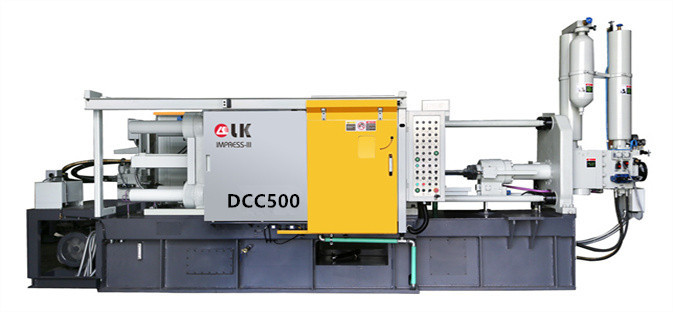
1. Overview of die casting process
1.1 Definition of die casting
Die casting is a casting process that uses high pressure to press molten metal into a precision metal mold. It is suitable for mass production of metal parts with
complex shapes and precise dimensions.
Commonly used die-casting materials include aluminum alloys, magnesium alloys, zinc alloys, etc.
1.2 Die casting process
Smelting: Heat the metal material to a molten state.
Injection: Inject the molten metal into the mold cavity by high pressure.
Cooling and solidification: The metal is rapidly cooled and solidified in the mold.
Mold opening and part removal: Open the mold and take out the molded casting.
Post-processing: Clean, trim and inspect the casting to ensure quality.
1.3 Advantages of die casting
High production efficiency: suitable for mass production, short cycle, and high efficiency.
High precision and complex shapes: can produce parts with precise dimensions and complex shapes.
Good surface quality: the surface of the casting is smooth and does not require much subsequent processing.
1.4 Disadvantages of die casting
High mold cost: the mold manufacturing cost is high, suitable for mass production, but not suitable for small batch and single piece production.
Material limitations: mainly suitable for low melting point alloys, high melting point metals are difficult to use die casting process.
Porosity and pore problems: pores are easily generated during high-pressure injection, affecting the quality of castings.
2. Overview of the investment casting process
2.1 Definition of investment casting
Investment casting (also known as lost wax casting) is a process that uses fusible mold materials (such as wax) to make molds and melts the mold materials at high
temperatures to obtain metal castings.
Investment casting is suitable for manufacturing high-precision and complex-shaped metal parts and is often used for casting high-melting point materials such as
stainless steel and titanium alloys.
2.2 Investment Casting Process
Making wax molds: using molds to make wax molds or resin molds.
Tree assembly: assembling multiple wax molds into a tree shape to form a whole.
Shell making: coating the surface of the wax mold with a ceramic slurry, repeatedly forming a solid ceramic shell.
Dewaxing: heating the ceramic shell to melt the wax mold and flow out, leaving a cavity.
Pouring: pouring molten metal into the cavity of the ceramic shell.
Cooling and solidification: the metal cools and solidifies in the ceramic shell.
Breaking the shell and taking out the parts: breaking the ceramic shell and taking out the molded casting.
Post-processing: cleaning, trimming, and testing the castings to ensure quality.
2.3 Advantages of investment casting
High precision and complex shapes: capable of manufacturing high-precision and complex-shaped parts.
Wide range of materials: suitable for casting of a variety of high-melting-point metals and alloys.
Excellent surface quality: the casting surface is smooth and the dimensional accuracy is high.
2.4 Disadvantages of investment casting
Complex process: more process flows, long cycles, and low production efficiency.
High cost: the shell-making and dewaxing processes are complicated, and the material and labor costs are high.
Not suitable for mass production: due to the long cycle and high cost, it is not suitable for mass production.
3. Detailed comparison of die casting and investment casting
3.1 Material selection
Die casting: mainly suitable for low melting point metals such as aluminum alloys, magnesium alloys, and zinc alloys.
Investment casting: suitable for a variety of high melting point metals and alloys, such as stainless steel, titanium alloys, cobalt-based alloys, etc.
3.2 Process flow
Die casting: The process flow is relatively simple, including smelting, injection, cooling and solidification, mold opening and removal, post-processing and other
steps, with high production efficiency.
Investment casting: The process flow is complex, including wax mold making, tree assembly, shell making, dewaxing, pouring, cooling and solidification, shell
breaking and removal, post-processing, and other steps, and the production cycle is long.
3.3 Cost
Die casting: The mold manufacturing cost is high, but it is suitable for mass production and the unit cost is low.
Investment casting: The process and material costs are high, suitable for small batch production and parts with high precision requirements.
3.4 Production efficiency
Die casting: high production efficiency, suitable for mass production.
Investment casting: low production efficiency, not suitable for mass production.
3.5 Product precision and surface quality
Die casting: can produce high-precision, smooth-surface castings, but prone to pores and voids.
Investment casting: castings have higher precision and surface quality, suitable for manufacturing complex shapes and high-demand parts.
IV. Application scenarios of die casting and investment casting
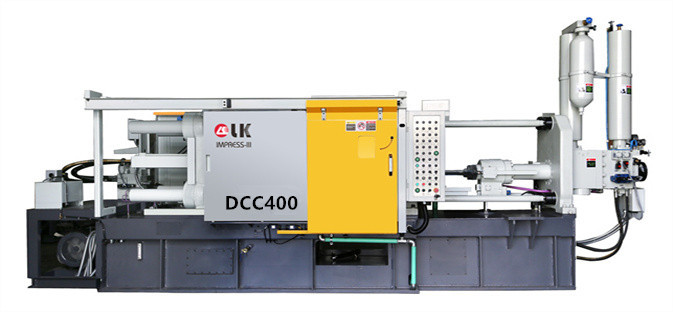
4.1 Automobile industry
Die casting: widely used in the manufacture of automobile engine cylinders, gearbox housings, wheels, and other parts because of its high production efficiency and
low cost.
Investment casting: used to manufacture high-precision, high-strength engine parts, turbine blades, etc. because it can cast complex shapes and high-demand
materials.
4.2 Aerospace
Die casting: used to manufacture some structural parts and accessories on aircraft, such as seat frames, instrument housings, etc.
Investment casting: widely used in the manufacture of high-precision, high-strength key parts such as aircraft engine blades and turbine discs.
4.3 Electronic products
Die casting: used to manufacture parts such as mobile phone cases, laptop cases, radiators, etc., because it can produce products with smooth surfaces and high
precision.
Investment casting: used to manufacture high-precision connectors, electronic components, etc., requiring high precision and complex shapes.
4.4 Medical devices
Die casting: used to manufacture the shells and accessories of some medical devices, parts that are not demanding but need to be produced in large quantities.
Investment casting: used to manufacture high-precision surgical instruments, implants, etc., requiring high precision and biocompatibility.
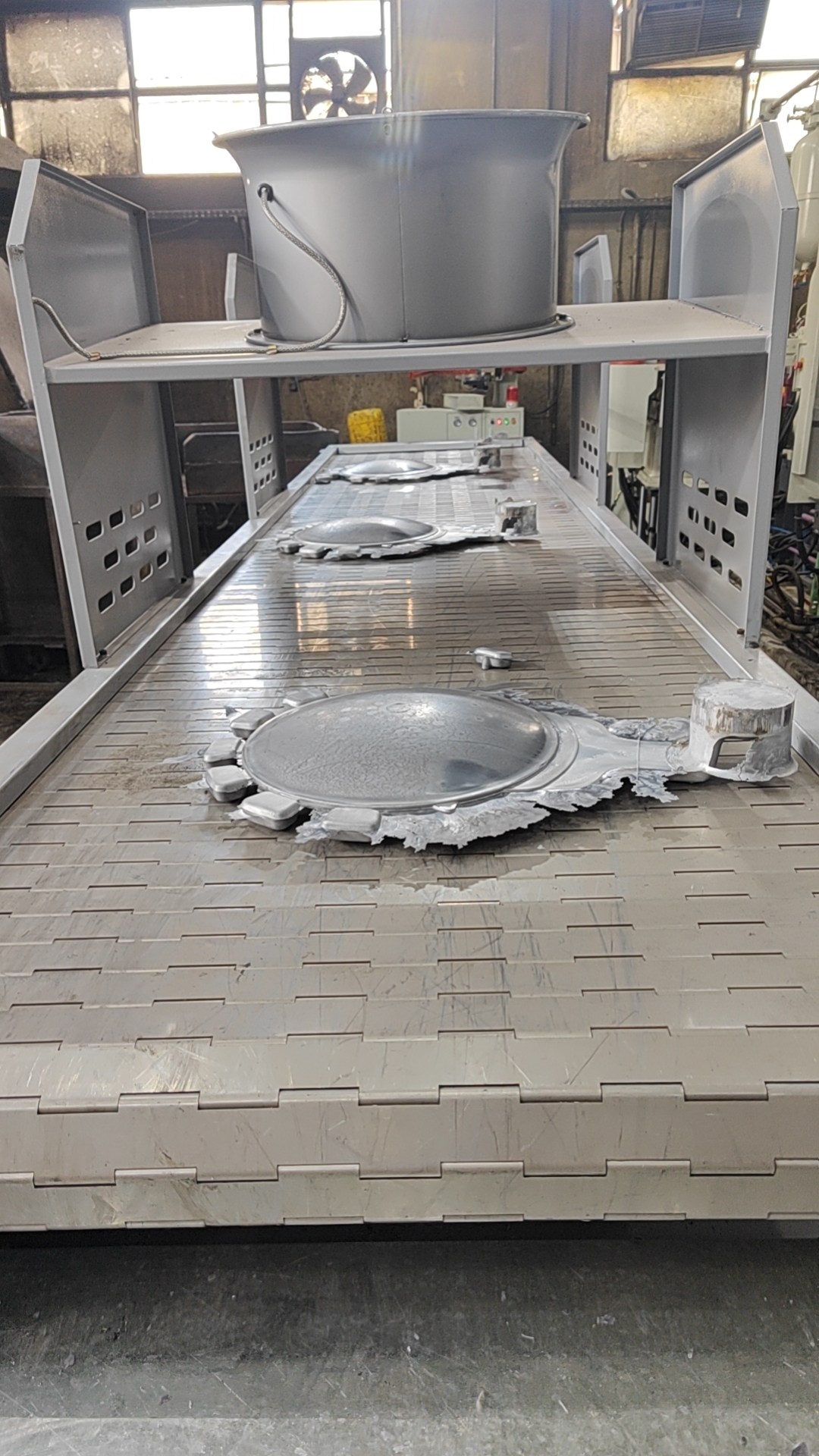
V. Considerations for choosing die casting or investment casting
5.1 Production batch
Die casting: suitable for large-scale production, low unit cost, and high production efficiency.
Investment casting: suitable for small-scale production and parts with high precision requirements, with low production efficiency.
5.2 Material requirements
Die casting: mainly suitable for low-melting-point metals and alloys, such as aluminum alloys, magnesium alloys, zinc alloys, etc.
Investment casting: suitable for high-melting-point metals and alloys, such as stainless steel, titanium alloys, cobalt-based alloys, etc.
5.3 Cost considerations
Die casting: The mold manufacturing cost is high, but it is suitable for mass production and the unit cost is low.
Investment casting: The process and material costs are high, but it is suitable for small production.
For more info, you can refer to: https://www.youtube.com/shorts/JLX410QV_kw
Contact LK Egypt to learn more info about the die-casting machine
LKAGENT OFFICE DCM
Address: Industry Zone, South of Port Said Kebly, Egypt
https://www.zazdiecasting.com/
Phone/WhatsApp/Wechat: +86 13598704163
Mobile: +20 101 304 3317 +20 150 181 8310
Email: jack@zazmae.com ahmedmahmoud@zazmae.com
#die cast tooling
#trivalent chromate
#rapid prototype casting
#a360 aluminum
#aluminum caster
#aluminum prototype
#ideal 55 slider parts
#density of aluminum kg/mm3
#magnesium sheet metal
#parts of a metal gate
#subcontracting of screw machining for the luxury sector
#wall aluminum
#die casting tooling
#tooling for die casting
#density of aluminium in kg mm3
#clear chromate
#es casting metals
#gating material
#prototype aluminum
#sigma castings
#subcontracting of screw-machining for household appliances
#we squeeze to please machine
#aluminium gravity die casting
#aluminum part
#aluminum rapid prototyping
#nickel casting
#plunger tip for die casting machine
#rapid prototyping aluminium
OTHER CONTENT
-
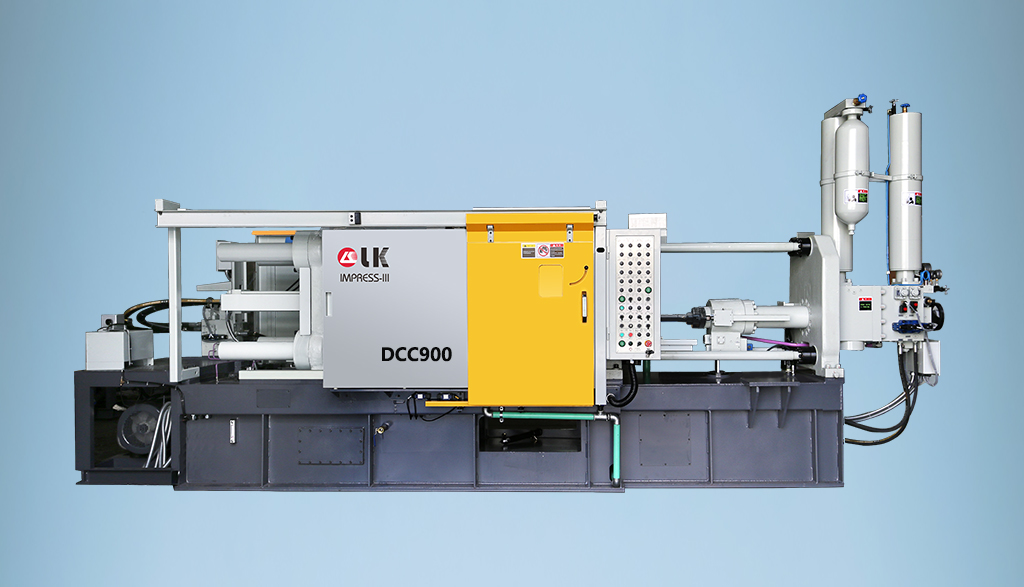
2024-09-19 14:16:15 LK Cold Chamber Die Casting Machine DCC900 Locking Force: 9000KN Die Height: 400-1000mm Space Between Tie Bars: 930x930mm Shot Weight: 13.5Kg Casting Area Max:2250c㎡
More -
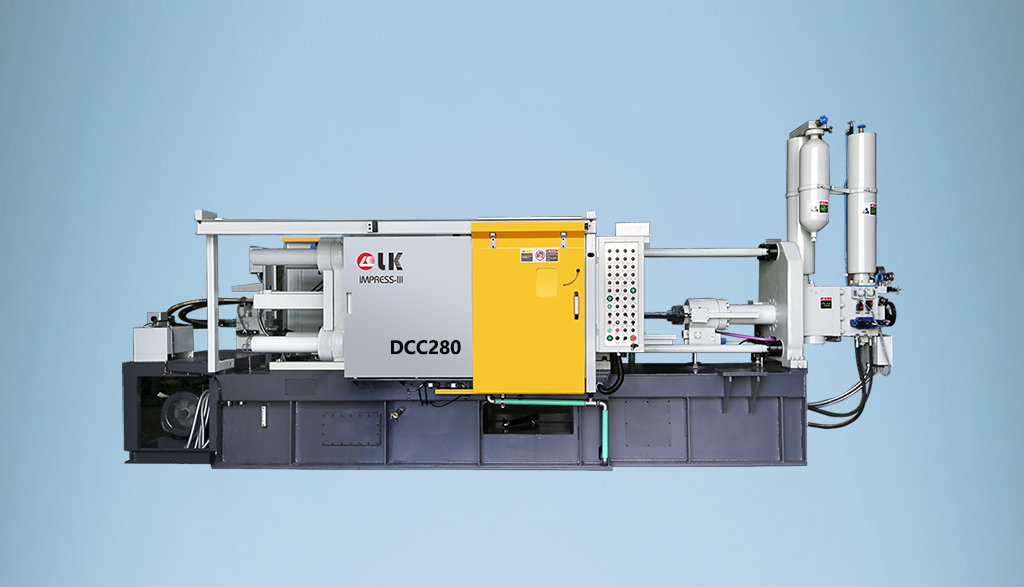
2024-09-19 14:11:06 LK Cold Chamber Die Casting Machine DCC280 Locking Force: 2800KN Die Height: 250-650mm Space Between Tie Bars: 560x560mm Shot Weight: 2.9Kg Casting Area Max:700c㎡
More -
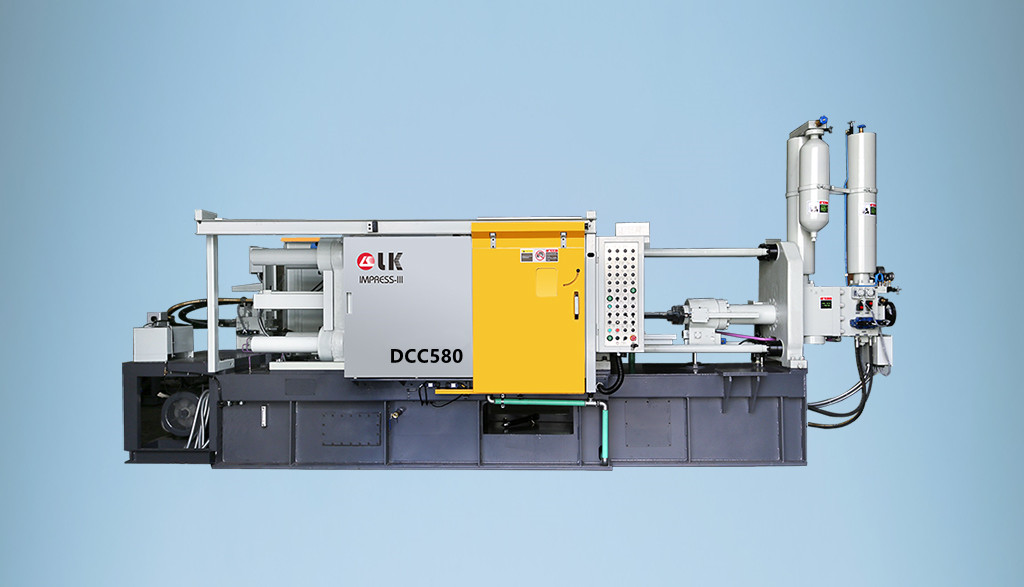
2024-09-19 10:23:07 LK Cold Chamber Die Casting Machine DCC580 Locking Force: 5000KN Die Heigh: 350-850mm Space Between Tie Bars: 760x760mm Shot Weight: 6.9Kg Casting Area Max:1250c㎡
More -
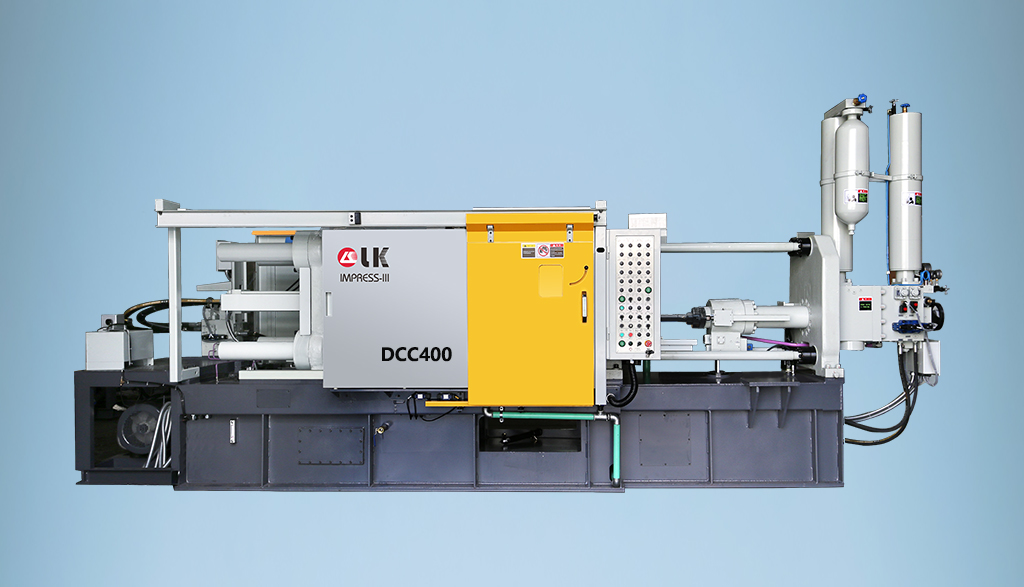
2024-09-19 10:11:20 LK Cold Chamber Die Casting Machine DCC400 Locking Force: 4000KN Die Height: 300-700mm Space Between Tie Bars: 669x669mm Shot Weight: 4.7Kg Casting Area Max:1000c㎡
More

